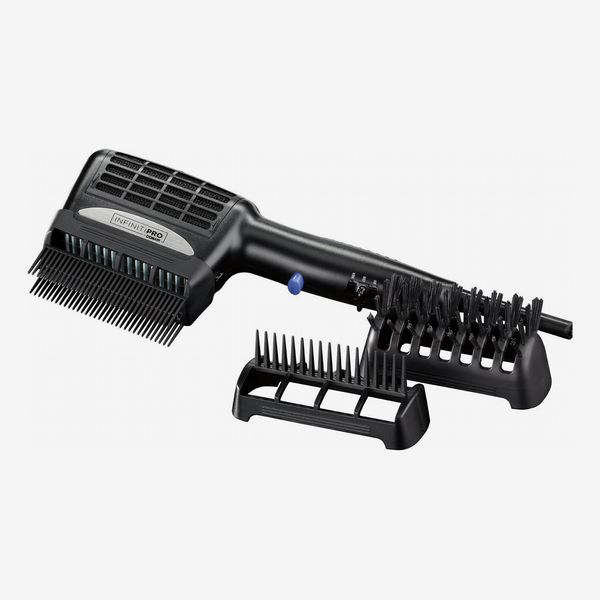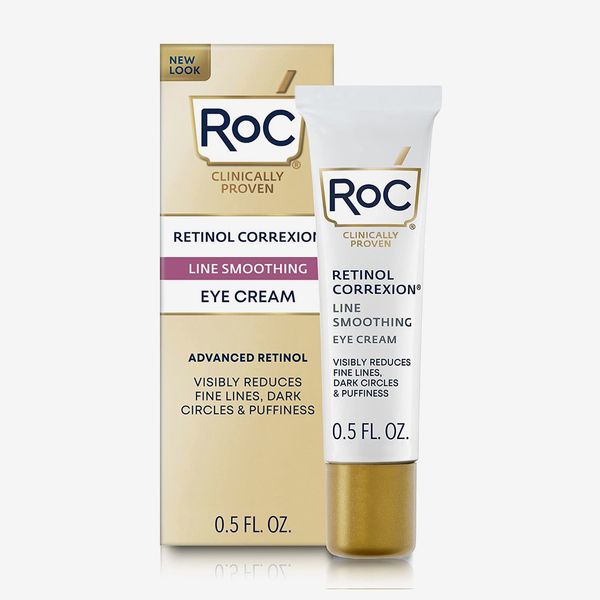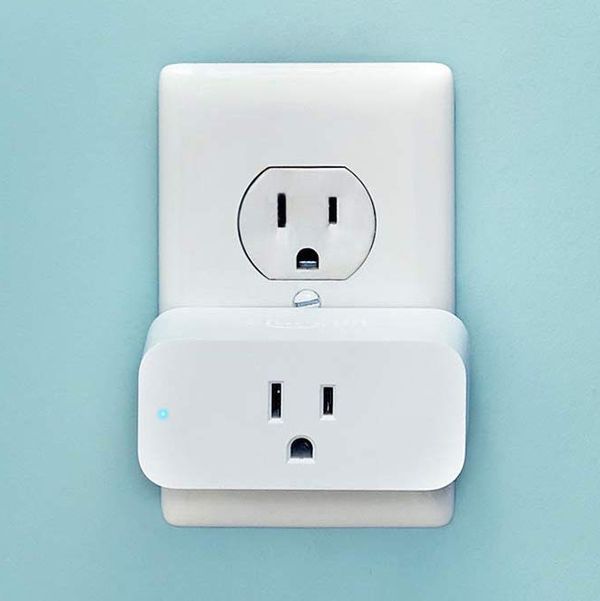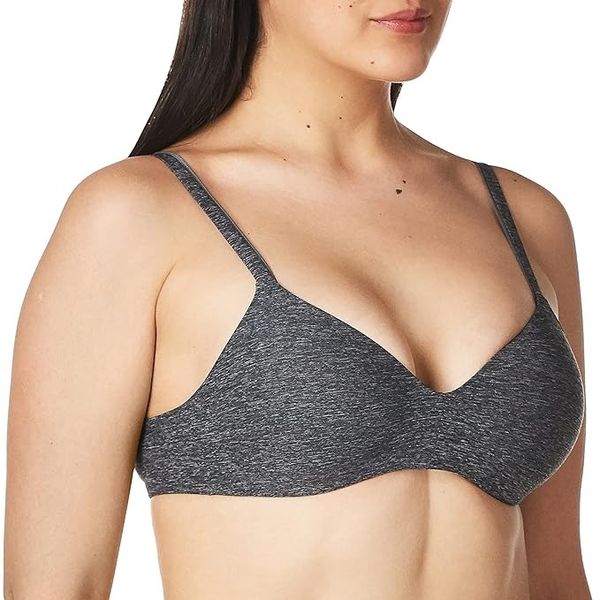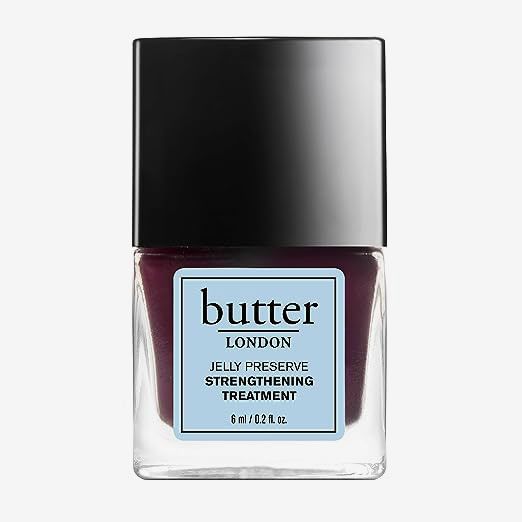In this article
Calluses are hardened areas of skin caused by increased friction and pressure. While some function as protection for your joints, they’re not exactly sightly for sandal season, and, in some cases, they can get so hardened that they hurt. “The key is to prevent calluses from getting to the point where they are causing discomfort,” says Marcela Correa, a licensed professional medical pedicurist and the founder of Medi Pedi NYC. “Your feet are your body’s foundation, and the smallest change can throw off your way of life and limit your independence.”
As the Strategist’s personal-grooming expert, I spoke to Correa and nine other experts about the best ways to slough off calluses. All of them recommended seeing a professional pedicurist or podiatrist. That’s not always an option, though, so I asked about the most effective ways to soften your skin at home. An important note, however: Because we’re dealing with removing layers of skin, safety is a big component. If you have poor circulation or diabetes, it’s best to see a professional. And if you don’t, you should aim for results over time and then work on consistent upkeep. “There is no permanent cure for calluses,” explains Jacqueline Sutera, D.P.M., a podiatrist at City Podiatry. “It’s all about maintenance with gentle filing and daily moisturizing, prevention, and treatment when necessary.” With that said, below are suggestions — ranging from gentle foot files to fast-acting gels — that have been vetted by our panel of experts and even tested by me.
What we’re looking for
Removal method
There are a couple main ways you can tackle calluses: manual or chemical removal. Gels, masks, peels, and creams all fall under the category of chemical removal. They use active ingredients like acids and enzymes to dissolve dead skin or soften the calloused area up so dead skin can be rinsed, buffed, or peeled away. Manual removal involves tools like foot files, pumice stones, and electric callus removers that physically buff away the layer of rough skin. Both methods vary in strength (more on that soon) and in some cases can be used in conjunction with each other.
Active ingredient or material
It’s important to take into account exactly what it is that’s softening or breaking down calluses. Active ingredients include urea and acids that exfoliate the skin chemically. For manual methods of callus removal, we highlight the material that is actually in contact with your skin. Experts across the board prefer stainless steel when it comes to manual removal, mainly because it’s more sanitary than pumice stones. “They can harbor all sorts of bacteria and molds once they become wet due to their porosity,” Dana Stern, M.D., a board-certified dermatologist specializing in nail health, explains. Stainless steel also doesn’t rust, which is important if you’re using your tool in the shower or storing it in the bathroom. Besides, since most manual callus-removal tools are meant to be used repeatedly, we’ll note when the tool has replacement heads or grit available.
Strength
As mentioned, both manual and chemical callus removers vary in strength. The experts we spoke to recommend starting with a gentle remover and that if you opt for a stronger one, follow directions to a tee to avoid damaging your skin. Most of the methods we mentioned are on the gentler or medium side, so they’ll work over time with consistent use. We also included more intense methods, which may get faster results, but experts say to proceed with caution.
Best overall callus remover
Method: Manual | Material: Multidirectional stainless-steel grit | Strength: Gentle-to-medium
All of the experts we spoke to say a foot file is a gentle and effective way to remove calluses. Emily Splichal, D.P.M., from the Center for Functional & Regenerative Medicine, was “extremely impressed” by this specific Footlogix file that she and her patients use. It’s made with a stainless-steel multidirectional grit, unlike cheese-grater-like foot files, which Splichal and Stern say to avoid. “These devices are not necessary to remove calluses and can easily cut the skin and lead to severe infection,” Stern explains. This Footlogix file has a coarse side as well as a fine grit side. As someone who doesn’t get bad calluses on my feet often, I can appreciate how gentle Footlogix’s file is for weekly to biweekly maintenance. In under five minutes, I’m able to smooth out rough patches on my heels and on the outside of my big toes with just the fine grit side. I’ve never worried about overdoing it or scratching my skin raw in the process. Amy Lin, founder of Sundays nail salon, uses the coarse side if she hasn’t had a pedicure in a while and the fine side every day and for the tops and sides of her feet that sometimes get calluses. Correa, who only recommends metal foot files for at-home use, notes that using an exfoliating foot cream before filing is essential “in breaking down the hardened skin, allowing for safe removal.” (We recommend one below.) She also says to use it in an “up and down” direction, as opposed to from side to side, because this “follows the natural cracks and curvatures of our skin, minimizing the chances of creating cracks or cuts.”
Best less-expensive foot file
Method: Manual | Material: Multidirectional nickel grit | Strength: Gentle-to-medium
This is another double-sided foot file that Lin recommended because it’s inexpensive, has a coarse and medium side, and is made of nickel, which doesn’t easily oxidize or rust. It’s worth noting that this didn’t come out as our best-overall pick because nickel is a more common cause of skin allergies or reactions than stainless steel. But if you know you don’t react to the material, it’s a perfectly fine and affordable option.
Best foot file with disposable grit
Method: Manual | Material: Disposable abrasive paper | Strength: Gentle-to-medium
Correa pointed us to the Cuccio stainless-steel foot file that, unlike the one above, uses disposable exfoliating stickers. Each sticker is meant to be used once before being thrown out, so it’s a “safe and hygienic way to remove unwanted dead skin without the risks of going too deep or burning the skin,” Correa says. This kit comes with 15 sheets of both the coarser 80-grit paper and the medium 180-grit paper, so you can use it on areas with lots of built-up skin and more sensitive areas. And once you’ve gone through those sheets, you can easily restock on the medium or coarse abrasive stickers.
Best electric foot file
Method: Manual | Material: Refillable roller heads made of micro-abrasive particles | Strength: Medium
This electronic foot file is a favorite of Sutera’s and the Cut’s senior beauty editor, Ashley Weatherford, who appreciates how easy it is to use. “A flick of a switch rockets the electronic foot file to a gentle rotation,” Weatherford writes. “In about five minutes, the roughest of feet can be transformed into buttery-soft morsels.” Sutera likes that it goes in one direction rather than in “aggressive back-and-forth scrubbing motions,” which can “encourage cracking and calluses to continue to grow.” However, she warns to take it slow. “Remember that less is more,” she says. “It is possible to go too deep, down to dermal layers of skin, which can cause infection, pain, increased cracking, and scarring.” This particular Amopé tool comes with the “regular coarse” roller head, but there are also extra-coarse and ultracoarse grit options. The company recommends replacing heads whenever they “no longer remove hard skin as thoroughly,” which can be indicated if the “roller appears to be lighter and the grain size is abraded.”
Best callus-remover gel
Method: Chemical | Active ingredients: Potassium hydroxide, glycerin, propylene glycol | Strength: Intense
If you’re needing something more intense and fast-acting, this callus-removal gel is used at some nail salons for quickly removing calluses. Back in 2017, writer Alison Freer peeped it at her local salon and bought it for herself. “It was one of the smartest things I’ve done in forever, because I’m now the owner of two soft, smooth, very uncalloused feet,” she writes. Choi told Keong it’s “highly effective” for exfoliating your feet when it’s applied to calluses, left to sit for three to five minutes, then followed up with a pumice stone or foot file. Lin also brought it up, noting it is for professional use, so “be extremely careful when you use it.” She says to make sure to wear gloves for application, use only a small amount on the calloused area, and not to exceed the time it says on the bottle or you may start to feel a burning sensation.
Best less-expensive foot cream to remove calluses
Method: Chemical | Active ingredient: Urea | Strength: Gentle-to-medium
For a cream-based option that’s not as intense as the aforementioned gel, Stern points us to PurSources’ foot cream. It contains 40 percent urea, an ingredient that “dissolves superficial dead skin cells and calluses.” While it works well for rough patches on its own, it can also be used in conjunction with a manual foot file if you have a particularly stubborn callus. Stern also recommends following up with a rich cream. She especially likes using lotion with shea butter because “it acts as a barrier for the skin and really helps to seal in moisture.”
Best less-expensive foot cream to remove calluses
Method: Chemical | Active ingredients: Urea and salicylic acid | Strength: Gentle
“Regular body lotion usually isn’t strong enough to penetrate the thick layers of the bottom of the feet and calluses … Acids help to exfoliate the thick skin by breaking down the callus over time, all while moisturizing,” says Sutera, who loves this “gentle but effective” foot cream. Formulated with urea and salicylic acid, it also works pretty quickly. “You can start to see results after a few applications,” Sutera says. Edgard Nau, D.P.M., a podiatrist at the Center for Functional & Regenerative Medicine, says this works with consistent use and recommends wearing gloves while applying it or any other cream. This creates a barrier between your hands, maximizing its penetration and effectiveness on your feet. And it has a seal of approval from the American Podiatric Medical Association, “which means a lot to podiatrists,” Sutera points out.
Best foot-peel mask
Method: Chemical | Active ingredients: AHA + BHA botanical blend | Strength: Medium
When former Strategist writer Lori Keong spoke to pedicurist Carrie Telles of W Austin’s Away Spa, Telles recommended Patchology’s PoshPeel foot mask that “sells like hotcakes at our spa.” The mask contains glycolic acid, salicylic acid, lactic acid, citric acid, and more botanical extracts in order to deeply exfoliate and encourage the skin to slough off. Over the summer, I turned my fair-weather running into a more consistent habit, which caused me to get more calluses than usual. That paired with more sandy beach days caused the buildup on my heels and edges of my feet to be more noticeable than ever before. Instead of reaching for my Footlogix file, I gave Patchology a try. To prep, I soaked my feet in hot water for 30 minutes and mixed in the packets of AHA-packed essence into each of the foot-mask socks. Then I simply placed my feet in them, turned on an episode of The Real Housewives of New York, and waited an hour. At the end of the 60 minutes, I washed my feet and dried them off. In a week’s time, my feet shed an almost scary amount of skin, but the results were worth it. My feet felt even smoother than they usually feel after a standard pedicure.
Best less-expensive foot-peel mask
Method: Chemical | Active ingredients: Natural AHAs | Strength: Gentle
This Tonymoly foot mask was recommended to Keong by JINsoon founder Jin Soon Choi. It contains AHAs from apple, lemon, and grape extracts that work to gently exfoliate the feet as well as other moisturizing ingredients. The instructions recommend leaving the mask on for one to one-and-a-half hours, and Choi notes that “the more time you have to allow the chemical to soak into your skin, the better it works.” Similar to the Patchology mask, you should see dead skin falling off your feet within four to six days after applying it.
Some more callus removers we like
Our experts
• Marcela Correa, licensed professional medical pedicurist and founder of Medi Pedi NYC
• Jacqueline Sutera, D.P.M., podiatrist at City Podiatry
• Dana Stern, M.D., board-certified dermatologist specializing in nail health
• Amy Lin, founder of Sundays nail salon
• Emily Splichal, D.P.M., Center for Functional & Regenerative Medicine
• Edgard Nau, D.P.M., podiatrist at Manhattan Home Podiatric
• Alison Freer, writer
• Carrie Telles, pedicurist at W Austin’s Away Spa
• Jin Soon Choi, founder of JINsoon
• Skyy Hadley, celebrity manicurist and owner of As ‘U’ Wish Spa
The Strategist is designed to surface the most useful, expert recommendations for things to buy across the vast e-commerce landscape. Some of our latest conquests include the best acne treatments, rolling luggage, pillows for side sleepers, natural anxiety remedies, and bath towels. We update links when possible, but note that deals can expire and all prices are subject to change.
